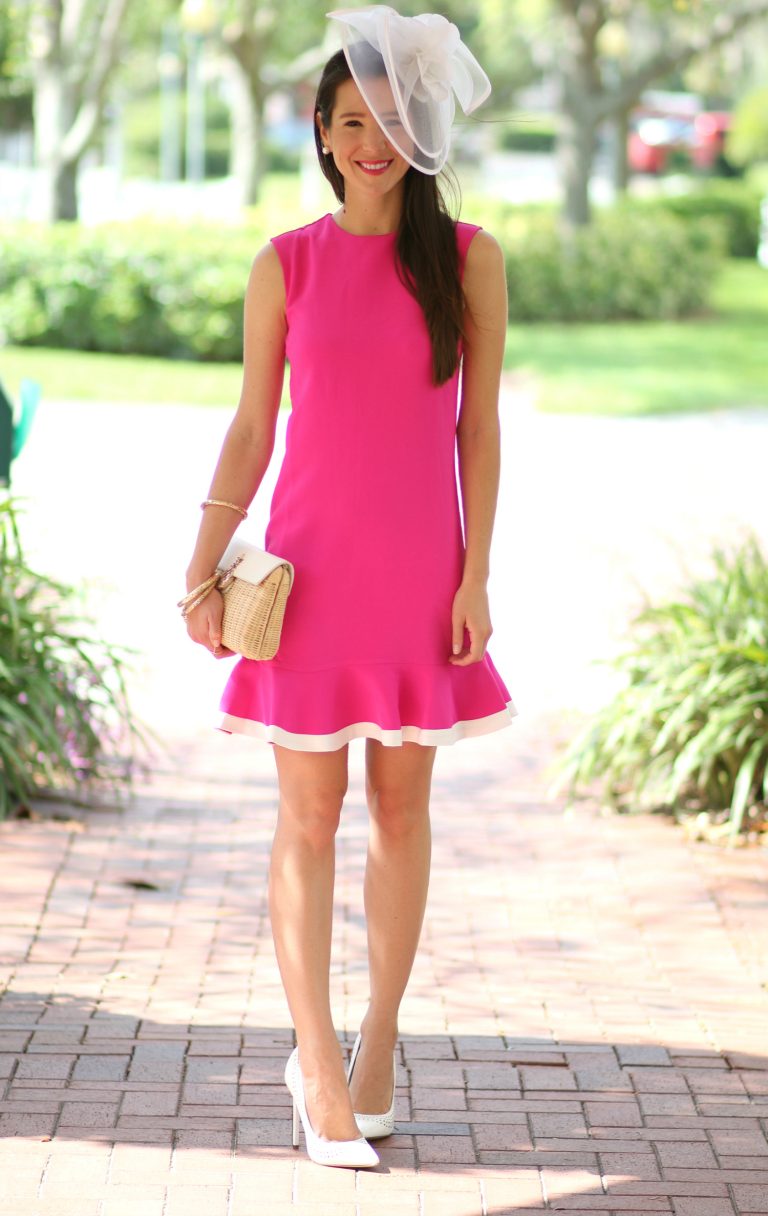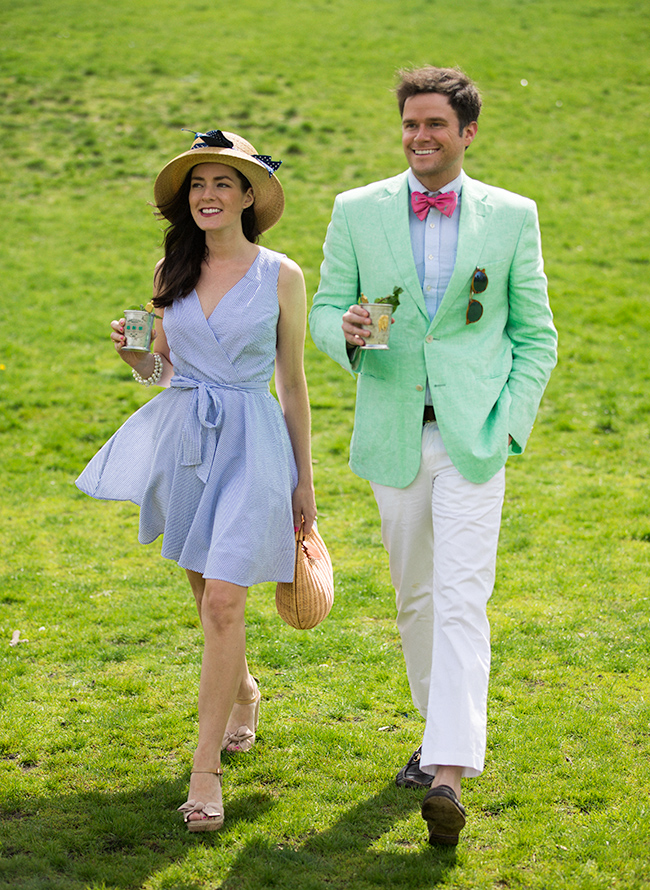What makes the Kentucky Derby fashion stand out among other horse racing events? The unique blend of elegance, tradition, and creativity that defines Derby attire is unparalleled in the world of sporting events. As one of the most prestigious gatherings in the United States, the Kentucky Derby not only celebrates horseracing but also serves as a canvas for personal expression through fashion. This year's event, held in Louisville during Kentucky Derby Week 2025, showcased head-turning hats, bold bright dresses, and chic shoes and accessories that captured the essence of Southern charm and sophistication. From the moment guests arrived at Churchill Downs, it was clear that fashion played a pivotal role in elevating the experience beyond just watching horses race.
The roots of Kentucky Derby fashion trace back to its early days when societal norms dictated strict dress codes. In 1883, New York socialite E. Berry Wall presented roses to women at a party, inspiring Churchill Downs founder Meriwether Lewis Clark to designate roses as the official flower of the Kentucky Derby. By 1896, the tradition of draping a blanket of 554 red roses on the winner solidified the event's connection with floral motifs. Over time, these traditions extended into fashion choices, influencing everything from hat designs to fabric selections. Fast forward to modern times, and we see celebrities like Sheryl Lee Ralph attending the Derby in sleek white suits while adhering to the classic dress code. Meanwhile, trends continue evolving; what started as formal gowns and tailored jackets now includes contemporary interpretations such as fascinators and statement accessories.
| Personal Information | |
|---|---|
| Name | Kentucky Derby Fashion Trends |
| Location | Louisville, Kentucky |
| Year Established | 1875 |
| Event Date | First Saturday in May annually |
| Official Flower | Roses |
| Website | Kentucky Derby Official Site |
As societal rules softened throughout the twentieth century, so too did acceptable attire at the Derby. During the Roaring Twenties, flappers redefined feminine style by trading corsets for looser silhouettes. Women attending the Derby could opt for either traditional dresses or modern suits paired with fitted or oversized jackets. Hats remained essential accessories, often adorned with feathers, ribbons, or flowers. Gloves completed the ensemble, maintaining an air of refinement despite shifting cultural norms. These changes reflected broader movements within fashion history, demonstrating how even iconic events adapt over time without losing their core identity.
In recent years, discussions around appropriate Derby wear have sparked debate among attendees and observers alike. At the 151st running of the Kentucky Derby, Gabriela Moura found herself at the center of controversy after wearing a revealing outfit deemed inappropriate by some spectators. Her choice highlighted ongoing conversations about body positivity and inclusivity within traditionally conservative settings. While Moura later explained that her decision was influenced by practical considerations—namely accommodating her figure—the incident underscored tensions between honoring heritage and embracing diversity in self-expression. Ultimately, such moments remind us that fashion is both personal and communal, capable of sparking dialogue across generations.
Beyond individual stories, the collective impact of Kentucky Derby fashion extends far beyond the racetrack itself. Each year, media outlets document standout looks worn by high-profile guests, turning the event into a global stage for designers and influencers alike. For instance, Abbot Elementary star Sheryl Lee Ralph made headlines with her crisp white suit, proving that timeless classics remain relevant alongside trendier options. Similarly, photographs capturing elaborate millinery creations serve as inspiration for future seasons, perpetuating cycles of innovation and nostalgia. Through this lens, the Derby becomes more than just a celebration of speed—it transforms into a testament to human creativity and resilience.
Food also plays a crucial role in enhancing the overall Derby experience. Traditional dishes like mint juleps, hot browns, and bourbon balls complement visual spectacles provided by elaborate outfits. Together, they create an immersive atmosphere where all senses are engaged, reinforcing connections between participants and shared histories. Moreover, culinary offerings provide opportunities for local businesses to showcase regional specialties, further enriching the tapestry woven by each iteration of the race.
Looking ahead, anticipation builds for upcoming editions of the Kentucky Derby. With each passing year, new elements emerge while familiar staples endure, ensuring continuity amidst change. Whether you're drawn to the thrill of competition, the artistry of design, or simply the joy of gathering with friends old and new, there's something inherently magical about this annual gathering. As preparations begin anew for 2026, enthusiasts worldwide eagerly await glimpses of emerging trends set to captivate audiences once again under sunny skies—or perhaps rainy ones—at Churchill Downs.



